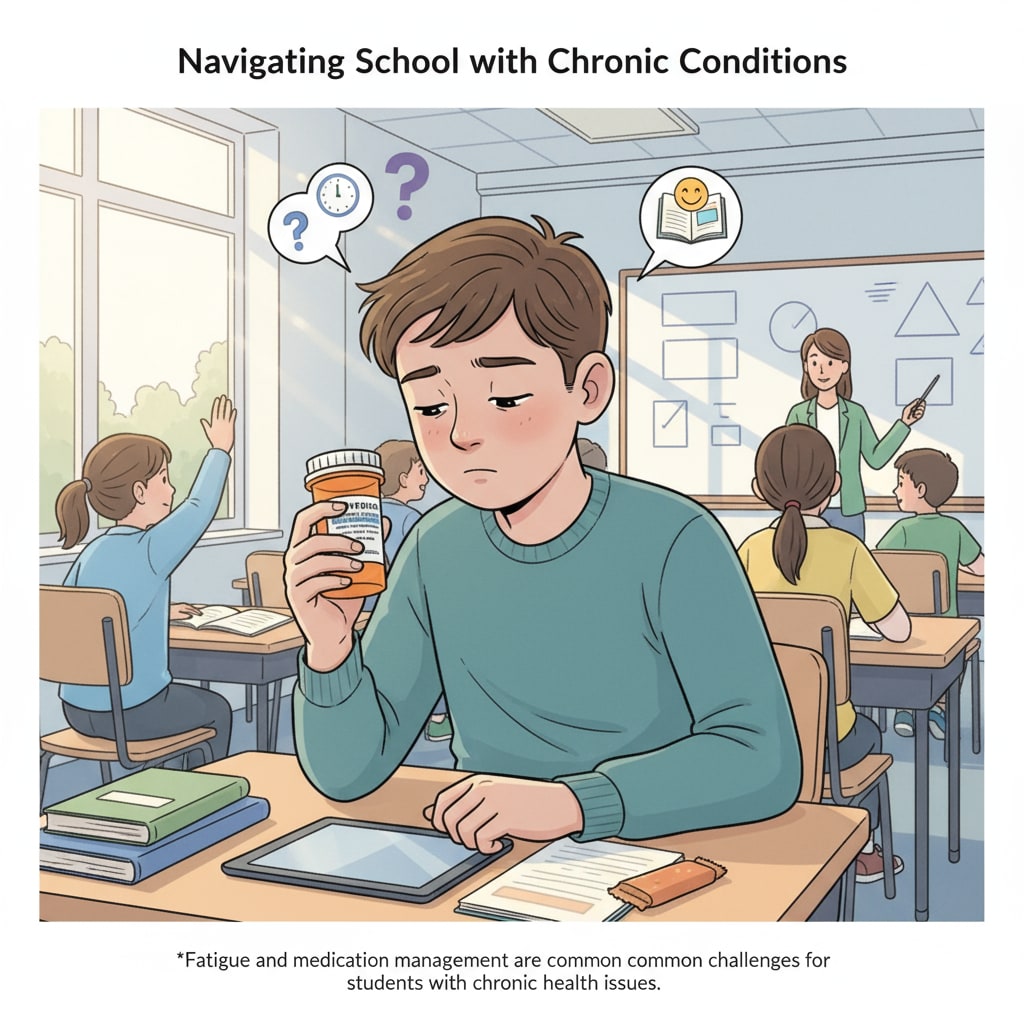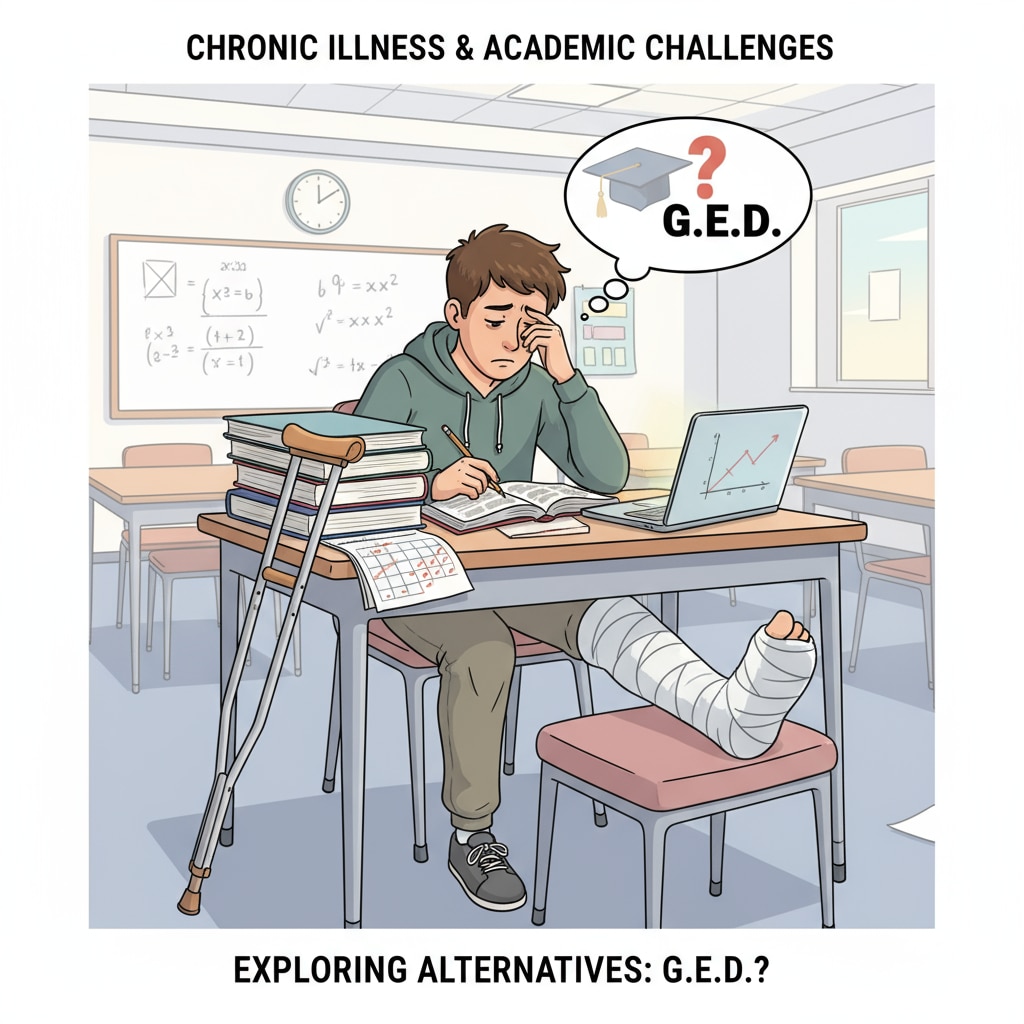Chronic diseases, high school graduation, GED are topics that bring to light the difficult journey of teenagers facing health issues while striving for an education. For teenagers with chronic diseases, the path to high school graduation is fraught with unique challenges. These young individuals often find themselves in a difficult position, torn between managing their health and keeping up with their studies.

The Hurdles of Traditional High School for Chronically Ill Teens
Traditional high school is structured in a way that demands a great deal of time and energy. For teenagers with chronic diseases, attending regular classes can be a major challenge. Frequent doctor appointments, hospital stays, and the physical toll of the illness often make it difficult for them to keep up with the daily schedule. For example, a student with a chronic respiratory disease may find it hard to sit through long classes due to breathing difficulties. As a result, they may miss important lessons, which can quickly lead to a backlog in their studies.

The Appeal of GED as an Alternative
The General Educational Development (GED) test offers an alternative route to high school equivalency. This option can be appealing for teenagers with chronic diseases. It provides a more flexible way to earn a high school diploma. Instead of following a rigid school schedule, students can study at their own pace. They can focus on preparing for the GED test during periods when they feel well. According to Wikipedia’s page on GED, the test covers various subjects, allowing students to demonstrate their knowledge and skills. This can be a great opportunity for those who have struggled in the traditional high school setting.
However, the GED also has its drawbacks. Some colleges and employers may view a GED diploma differently from a traditional high school diploma. It’s important for students and their families to research and understand the implications before making a decision. For instance, some competitive colleges may have specific requirements or preferences for students with a traditional high school background.
Another aspect to consider is the self-discipline required for GED preparation. Without the structure of a regular classroom, students need to be highly motivated and organized. They must set their own study schedules and ensure they cover all the necessary material. This can be a challenge, especially for teenagers who are also dealing with the physical and emotional stress of a chronic illness.
In addition to GED, there are other alternative educational paths. Some schools offer homebound instruction for students who are unable to attend classes regularly. This allows students to receive education in the comfort of their own homes. Specialized online high schools are also emerging as a viable option. These provide a structured curriculum that can be accessed remotely, giving students the flexibility to learn at their own pace while still receiving support from teachers. Britannica’s education section provides more insights into different educational models.
Ultimately, the decision of how to pursue high school education for teenagers with chronic diseases should be made with careful consideration. Families need to weigh the pros and cons of each option, taking into account the student’s health condition, learning style, and future goals. It’s important to remember that with the right support and planning, these students can still achieve their educational dreams, whether through traditional high school, GED, or other alternative paths.
Readability guidance: The article uses short paragraphs to make the content more digestible. Lists could be further added under each H2 to clearly summarize key points. The passive语态 has been minimized, and transition words like ‘however’, ‘for example’, ‘as a result’, and ‘in addition’ have been used to enhance the flow of the text.


